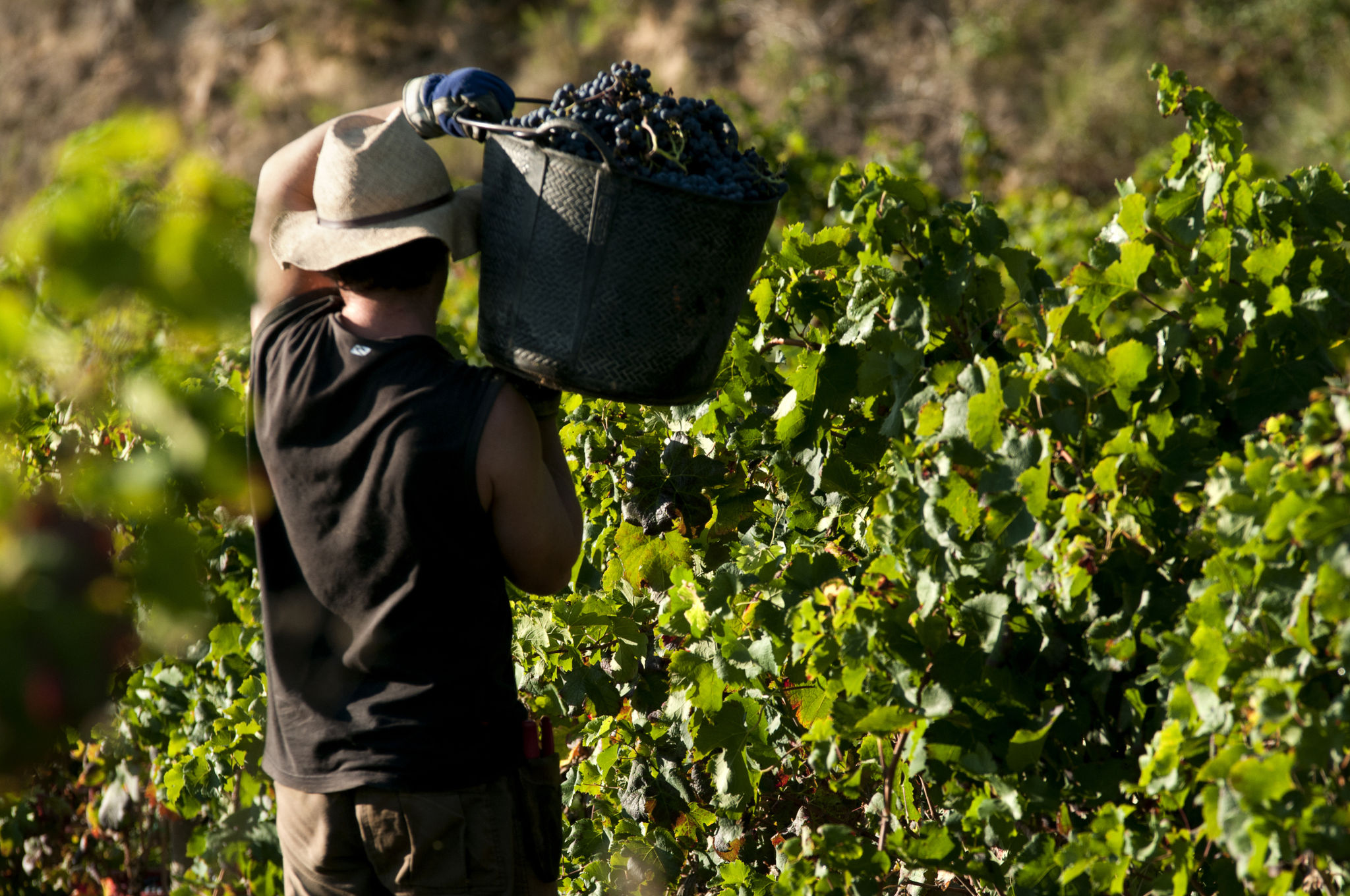Seasonal Immigration Trends: What You Need to Know
Understanding Seasonal Immigration Trends
The dynamics of immigration are constantly evolving, influenced by a myriad of factors including economic conditions, political situations, and even climate change. One aspect of immigration that often goes under the radar is its seasonal nature. Seasonal immigration trends play a significant role in shaping the demographics and economy of many regions, yet they remain a complex phenomenon that requires careful analysis.
Seasonal immigration refers to the movement of people across borders in response to temporary opportunities or conditions. This trend is particularly prevalent in sectors like agriculture, tourism, and construction, where labor demands fluctuate throughout the year. Understanding these patterns is crucial for policymakers, businesses, and communities to effectively manage resources and support immigrant populations.

The Driving Forces Behind Seasonal Immigration
Economic Opportunities
One of the primary drivers of seasonal immigration is the pursuit of economic opportunities. Many industries rely on temporary labor to meet seasonal demands. For instance, agricultural sectors in countries like the United States and Spain depend heavily on migrant workers during harvest seasons. These workers often return home once the season ends, creating a cyclical pattern of migration.
Climate and Environmental Conditions
Climate and environmental conditions also impact seasonal immigration patterns. Areas affected by extreme weather conditions, such as hurricanes or droughts, may see a temporary influx or outflow of migrants as people seek refuge or new opportunities elsewhere. In contrast, regions with favorable weather conditions may attract seasonal migrants looking for work in outdoor industries like tourism or agriculture.

The Impacts of Seasonal Immigration
Economic Contributions
Seasonal immigrants contribute significantly to the economies of host countries. They fill critical labor shortages, particularly in sectors that are less attractive to local workers. Their contributions are often vital for maintaining productivity and competitiveness in industries that rely on seasonal labor.
Cultural Exchange and Community Impact
Beyond economic contributions, seasonal immigration fosters cultural exchange and diversity. Migrants bring with them unique traditions, languages, and perspectives that enrich local communities. However, this influx can also pose challenges, such as strain on public services and the need for effective integration strategies.

Challenges and Considerations
Regulatory and Legal Issues
Navigating the regulatory landscape is one of the most significant challenges associated with seasonal immigration. Governments must balance the need for labor with concerns over illegal immigration and exploitation. Ensuring fair working conditions and legal protections for migrant workers is essential to addressing these challenges.
Social and Economic Integration
Successfully integrating seasonal immigrants into host communities requires targeted policies and programs. Language classes, cultural orientation sessions, and community engagement initiatives can help migrants adapt and thrive. Additionally, providing access to healthcare, education, and other social services is crucial for supporting both migrants and local populations.
In conclusion, understanding seasonal immigration trends is essential for addressing the needs of both migrants and host countries. By acknowledging the driving forces behind these patterns and their impacts, we can develop informed policies that promote economic growth, cultural exchange, and social cohesion.
